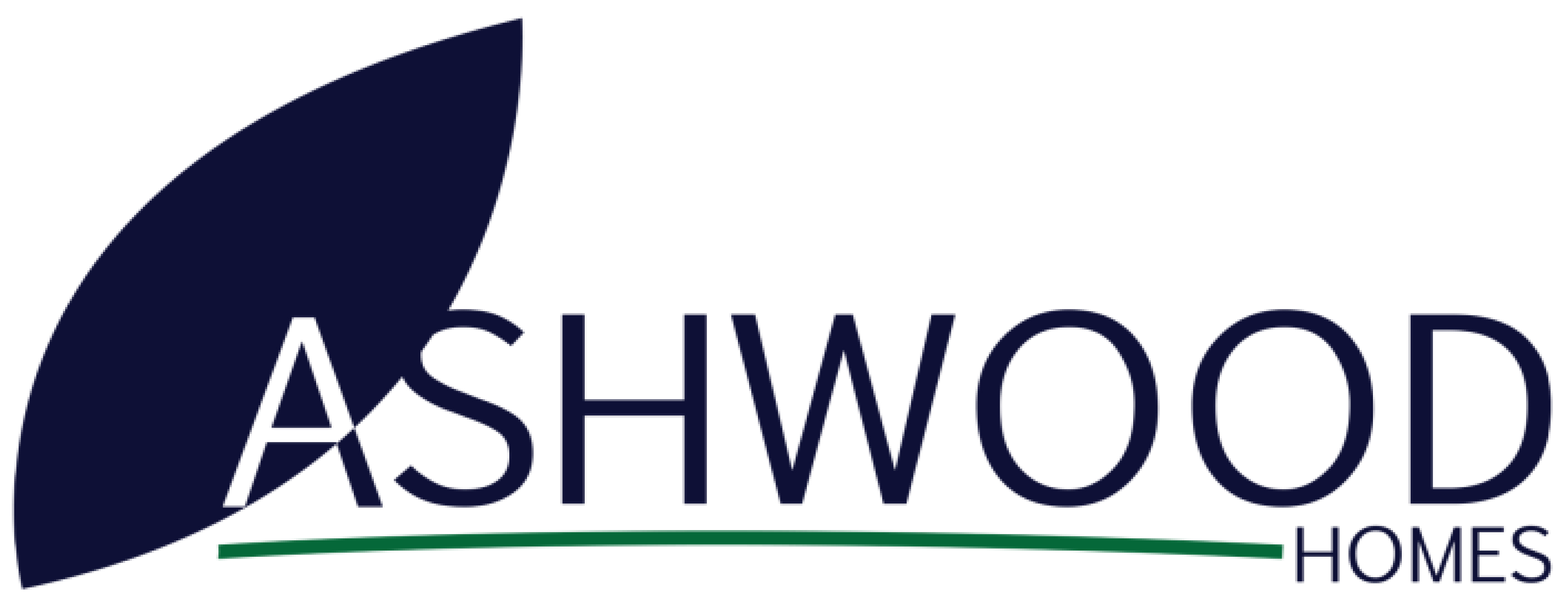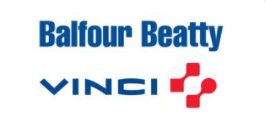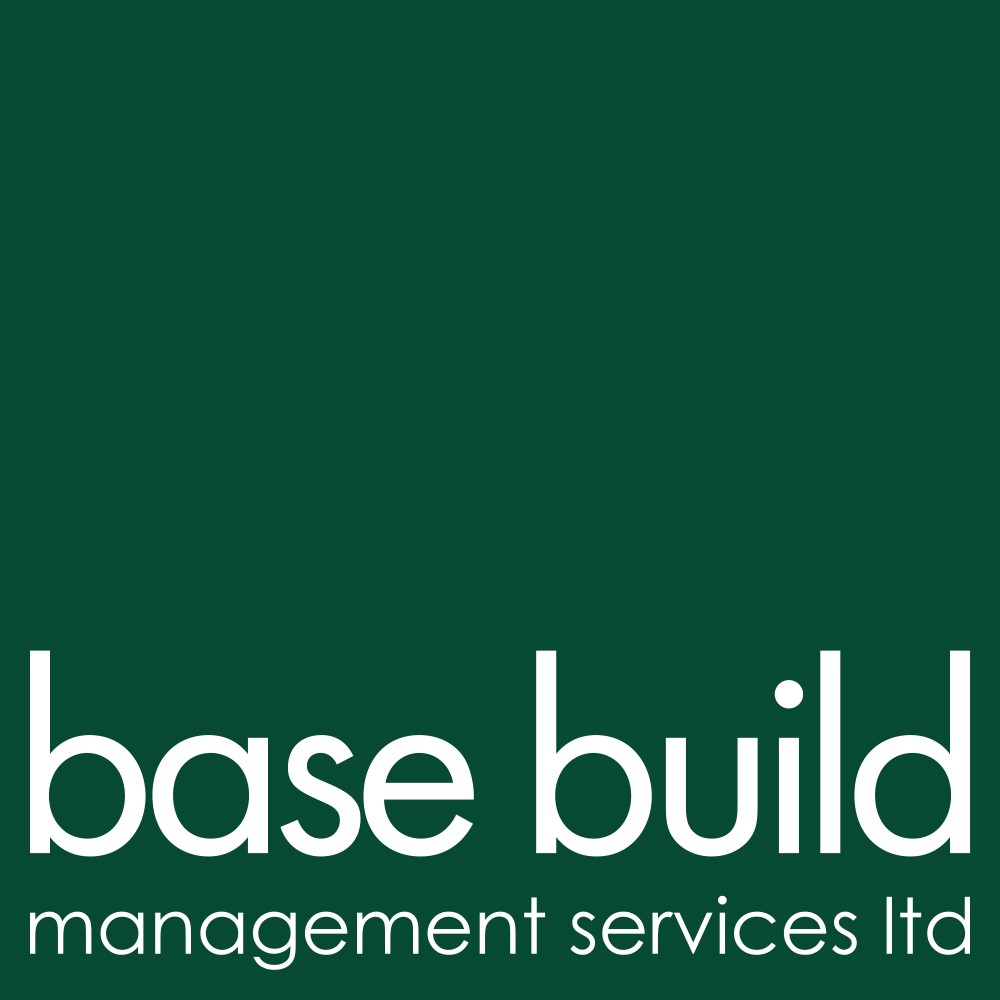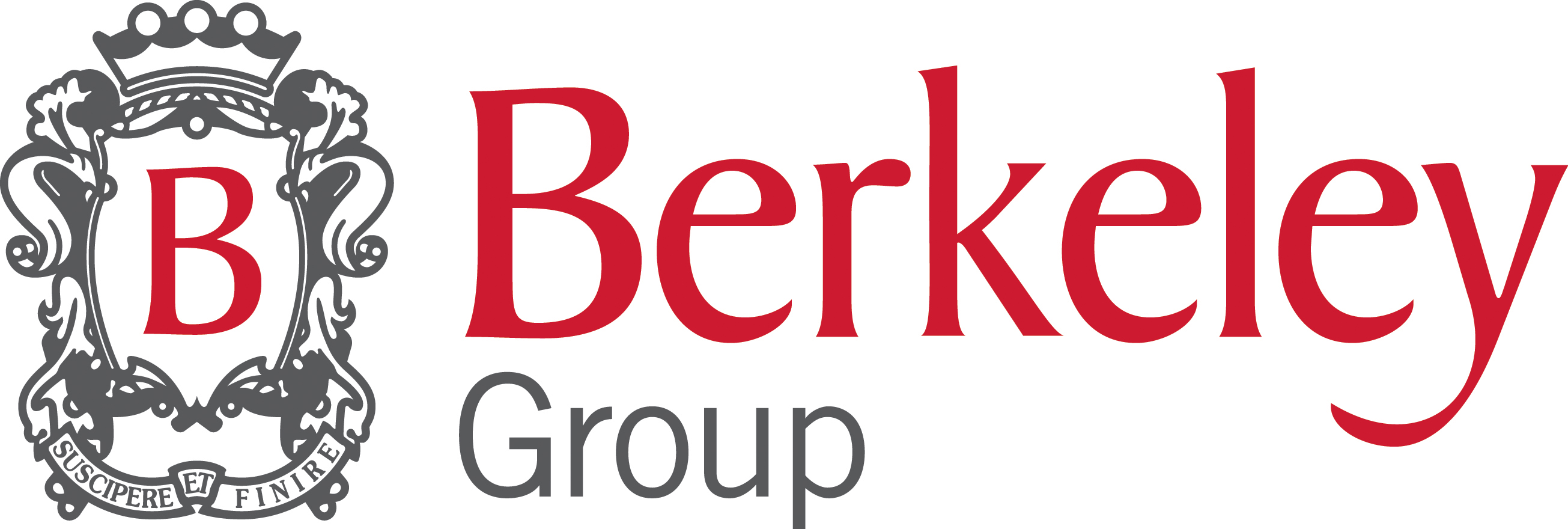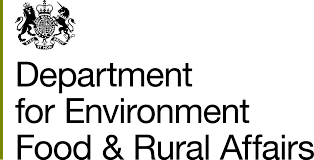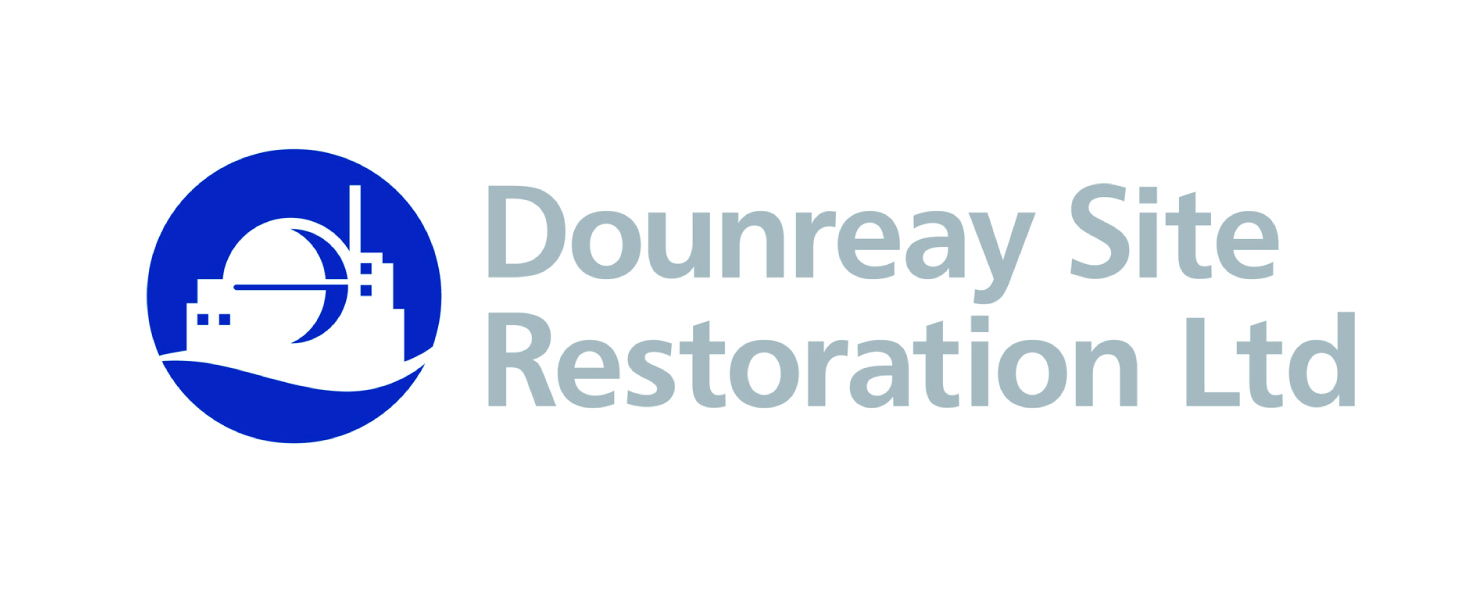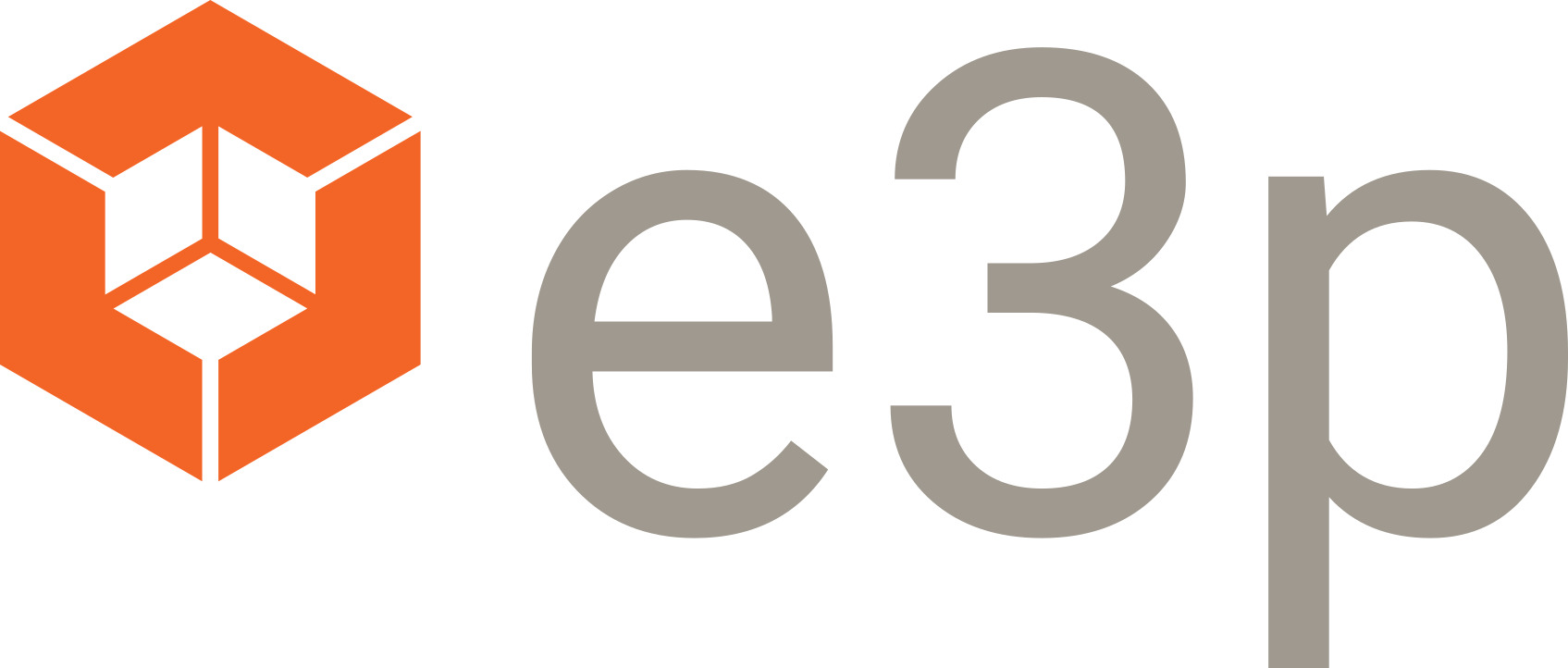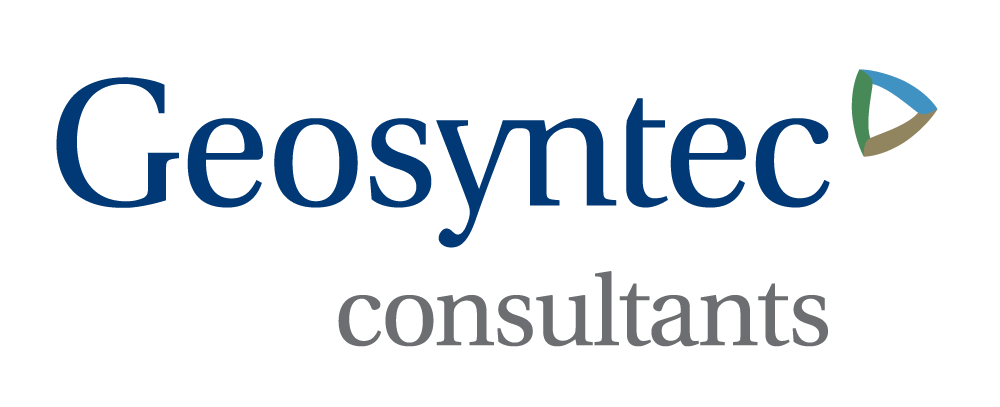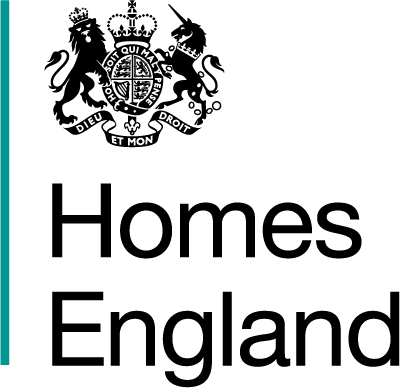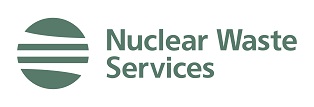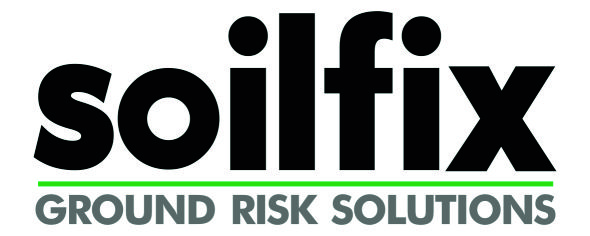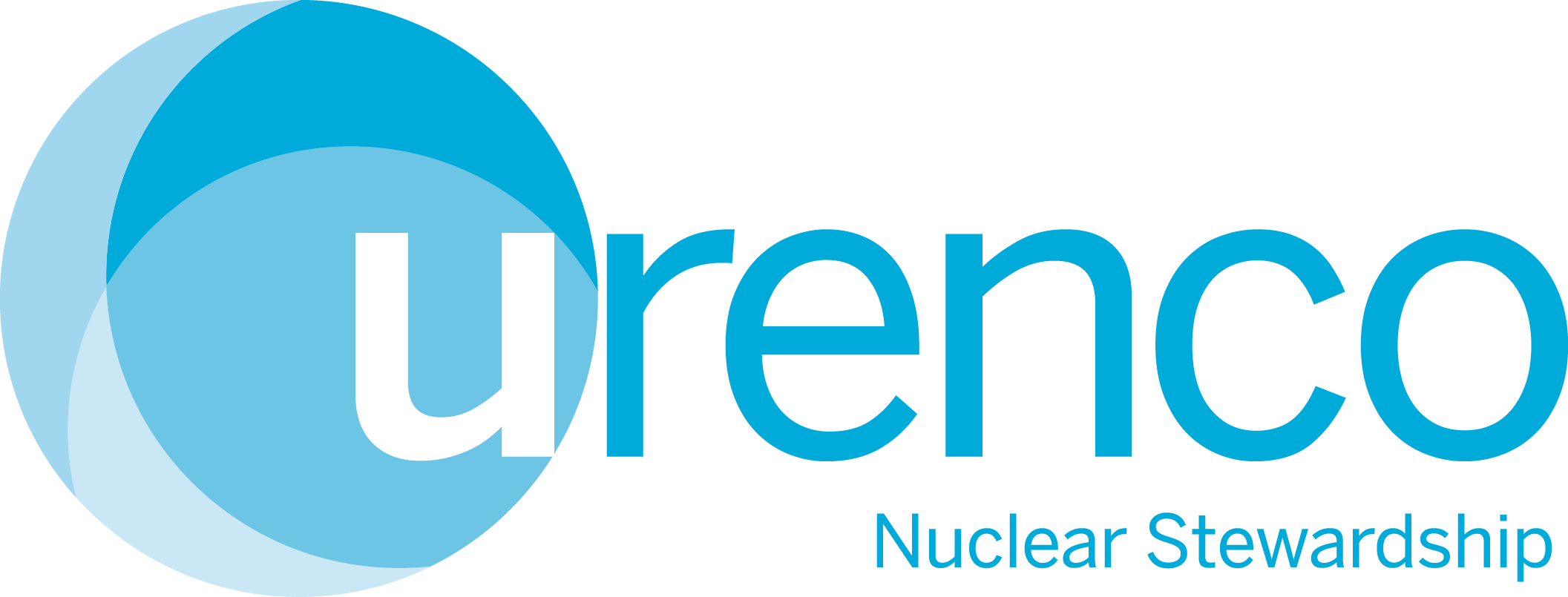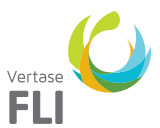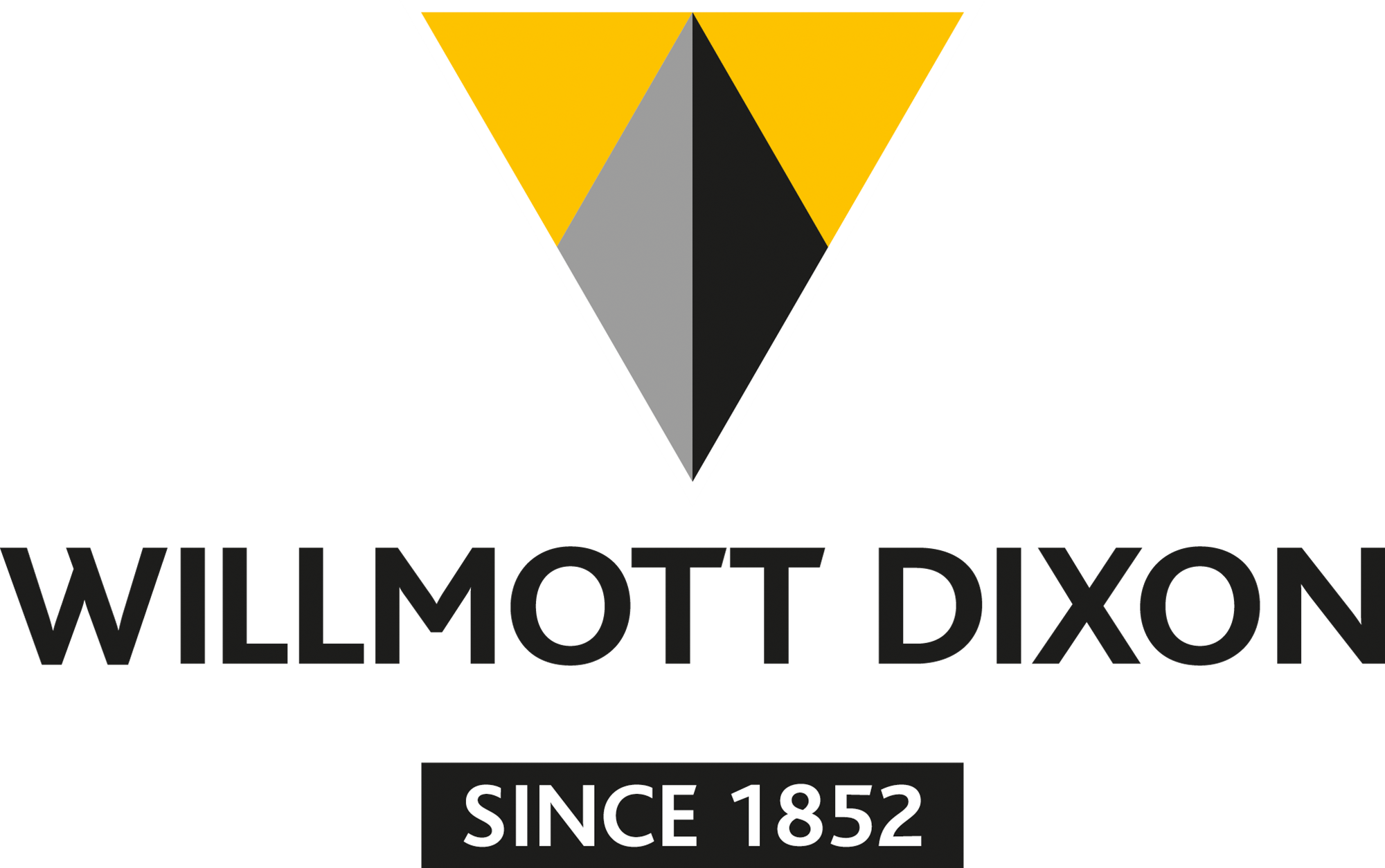Cluster Guide
Download Cluster Guide 2012>>>
The Cluster approach is designed to facilitate the remediation and / or development of a number of sites that are located in relative close proximity and share a decontamination / treatment facility located on a single site – the Hub site.
Cluster projects have three guiding principles in that they are:
- Temporary – operate only as long as the sites defined within the Cluster are being remediated / developed.
- Local – demonstrably appropriate in terms of geographical distance, relative savings, practical issues etc. for each of the participating sites.
- A more sustainable way of developing land.
The Cluster concept has been proven at the commercial and full-scale and subsequently at a number of sites since the Definition of Waste: Development Industry Code of Practice (DoWCoP) was launched in September 2008. The lessons learnt from those projects have been used to develop this guide which will aid others in identifying the various benefits, challenges and solutions in establishing a Cluster and how to make it work effectively.
The guide introduces the terms “Hub site”, “Donor site” and “Receiver site” as a way of identifying and distinguishing whether sites in a Cluster are acting, respectively, as the treatment Hub, donating wastes or materials to be treated / reused or receiving treated materials for use within a development. Sites can act as both Donor and Receiver sites.
This guide sets out the various indicative roles and responsibilities of people and organisations within a functioning Cluster. The inter-relationships of different parties and the documentation that has to be produced are illustrated by comparing the documentation associated with a Cluster project and a standalone remediation project, which is not dissimilar.
Stakeholders may benefit from Cluster in different ways as discussed within this document. The main benefiting parties could include:
- Landowners
- Developers
- Contractors
- Consultants
- Local authorities
- Local communities
This guide also identifies the issues associated with the conceptualisation of a project and the considerations that will influence the choice of remediation technology located at the Hub site.
Town and Country Planning issues have been reviewed and different scenarios are illustrated. The need for flexibility in relation to relative timing of import, export and phasing of operations has been highlighted. This is seen as being a particularly important factor if the true sustainable benefits of operating Clusters are to be realised.
Cluster represents a significant step forward in terms of options for managing land contamination and developments. The concept is explicitly covered in “The Definition of Waste: Development Industry Code of Practice (CL:AIRE Version 2 March 2011)” which is freely available at www.claire.co.uk/cop and is referred to as the “CoP” within this document. The DoWCoP provides a mechanism to identify that excavated and treated materials have ceased to be waste and hence can be used at Receiver sites within a Cluster without the need for an Environmental Permit or waste exemption.
The different contractual arrangements that may have to be entered into, dependent on the Cluster make-up are identified and explained, as well as insurance products that are currently available in the market place.
The lessons learnt from previous projects illustrate that whilst all of the pre-operational matters can be largely addressed by good preparation and planning, the true potential of Cluster will rely on all stakeholders recognising the importance of flexibility, particularly in relation to timeframes. Appropriate risk-based decision making will also be critical to unlocking the true potential of the Cluster concept.




